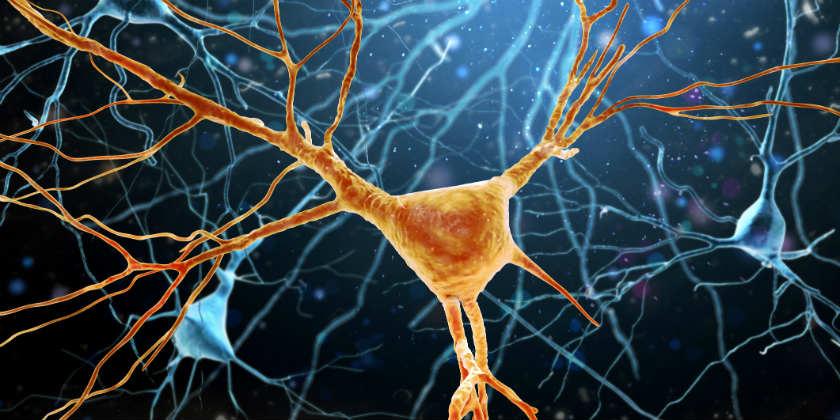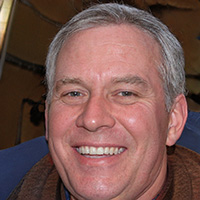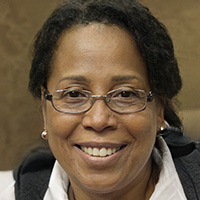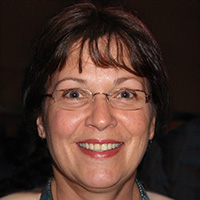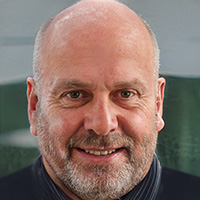Table of contents
Almost 85% of cases of brain stroke affect people over 65. This disease is the leading cause of death among women and the second leading cause of death among men. Nomenial explores this issue in this article:
What is a stroke?
Stroke is a stroke that is also known as a heart attack or stroke. It occurs when the brain does not receive the necessary amount of blood due to decreased or obstructed blood flow and as a result, the nerve cells do not receive oxygen, so they stop functioning.
Brain Stroke: causes
It is estimated that 90% of strokes could be prevented by knowing the risk factors.
The main risk factors for stroke are:
Hypertension: This is one of the factors that most affect the origin of a stroke. So much so that almost 70% of strokes in older adults are the result of high blood pressure.
Diabetes: people with diabetes are 2 to 3 times more likely to suffer a stroke, because diabetes damages the blood vessels, promotes high blood pressure and increases cholesterol levels.
Cardiovascular diseases: older adults with heart problems are more likely to suffer a stroke. Specifically, heart arrhythmias are the cause of more than 30% of strokes in Spain. On the other hand, heart attack is one of the most frequent causes of death in stroke survivors.
Inadequate diet: a good way to prevent stroke is to maintain a healthy and balanced diet. Through food, older adults will improve in this and other fields to what it affects. The bases of your eating habit should be vegetables, fruit, fiber, fish and legumes.
Lack of physical activity: the sedentariness favors the appearance of multitude of problems of health, among them, the ictus. Thus, people who do not exercise are more likely to suffer from other risk factors such as hypertension, cardiovascular disease or overweight.
Excessive consumption of alcohol and tobacco: being regular consumers of these products causes increased blood pressure and heart disease of various kinds. In the specific case of tobacco, nicotine and carbon monoxide deteriorate the cardiovascular system.
Family history: the probability of suffering a stroke increases if someone in the family has also suffered one.
Sex: it is more prevalent in women than in men.
Age: after 55 years of age, the risk of suffering a stroke increases. Each decade lived doubles the risk of suffering a stroke.
Seasonality: the periods of the year in which the temperature is more extreme (heat or cold) is when more ictus occur.
Ictus: symptoms
This cardiovascular accident appears in a sudden way, without giving any notice well in advance. Therefore, it is vital to know what the first symptoms of stroke are in older adults, in order to act as quickly as possible:
Weakness. Sudden loss of strength on one side of the body: the face, an arm or a leg.
Sudden confusion, manifesting itself in difficulty speaking or understanding what is being said.
Dizziness and loss of coordination, leading to loss of balance and possible fall
Lack of vision, losing all or part of the vision in one or both eyes.
Deep headache.
These symptoms will present themselves differently depending on the region of the brain that the stroke has affected:
If it affects the left region of the brain, the damaged area will be the right side of the body and the left side of the face, triggering:
Paralysis of the right side of the body.
Difficulties in speaking and expressing oneself.
Slower behavior.
Loss of memory.
If the affected region is the right side, it will be the left side that will be damaged:
Paralysis of the left side of the body.
Difficulties in vision.
Behavior accelerated and with little coordination.
Loss of memory
Mini stroke symptoms
Mild strokes or mini-strokes do not cause the symptoms of stroke. In this case we find atrophy or weakness somewhere in the body, facial paralysis, difficulty in speaking, or, if they occur, they occur with very little intensity and disappear immediately.
Beyond this, some subtle symptoms that these mini inctus may present are
Some difficulty in speaking.
Disorientation for 1 or 2 minutes.
Short but very intense headaches.
Types of stroke
Ischemic stroke or cerebral infarction
Ischemic stroke occurs when an artery in the brain becomes blocked by a blood clot or thrombus. This is the culprit in partially or totally limiting blood flow by decreasing the amount of oxygen reaching the brain.
Hemorrhagic Stroke
Hemorrhagic stroke occurs to a lesser extent among those affected (between 10 and 15% of cases). It is caused by a broken blood vessel (vein or artery) that leads to a cerebral hemorrhage. Oxygen stops reaching the brain, so the nerve cells stop working and die within minutes.
Another important cause of stroke is atrial fibrillation. It is the most frequent type of arrhythmia and it affects more than 650,000 Spaniards. It is a great health problem and increases the risk of suffering cardiac episodes.
F.A.S.T. Method
In order to act with the immediacy that we previously mentioned, after calling the doctor and waiting for his arrival, we must perform the so-called F.A.S.T. method on our major, the best pre-hospital assessment tool for the detection of stroke.
This consists of performing the following:
F (Face – Cara): tell our relative to smile to check if his or her mouth deviates to a certain side when doing so.
A (Arms): demand that he or she lift each of the extremities individually, first one and then the other.
S (Speech – Language): ask him/her to speak in order to warn if he/she has lost the ability to express him/herself normally.
T (Time – Time): refers to the great importance of the time variable. Calling the emergency phone immediately so that you can be attended to as soon as possible will reduce the risk of death and the other consequences that result from it.
Repetition of stroke in older adults
Most of the repetitions of stroke occur during the first week. Thus, after a first stroke, 52% of patients suffer a recurrence within 7 days and 42% within 30 days.
The probability of a repetition of the stroke depends, above all, on the risk factors associated with the patient and the severity of the stroke suffered. Therefore, the best way to prevent this stroke, as well as if it occurs to avoid its repetition, is for older adults to maintain an adequate routine and to be always attended to in order to act in the face of this sudden condition.
Brain Stroke: treatment and recovery
Cerebral ictus in older adults usually leaves serious sequelae, but through permanent and specialized help, recovery from ictus in older adults is possible.
Neurological treatment
For this purpose, a neurological treatment will be carried out, the results of which will be clearly visible. Among them, for example, our family member will improve something as essential as being able to walk: the alteration of the gait can be reversed in 30% in most cases and a higher percentage in those who perform rehabilitation.
Medical experts will analyze which of our family member’s neurological systems have been significantly damaged and which remain intact. Based on this, they will focus their efforts on the latter and, with their help, will teach them different motor strategies that will force them to use them.
The age is important, but it is more important the type of treatment that to the greater person is applied to him. Thus, recovery from stroke in people over 90 is determined more by the degree of functional and neurological impairment they have suffered than by age itself. Hence the importance of encouraging our family members to make an effort to reduce the consequences, since their age, however high it may be, should not be an argument for not undertaking an ambitious rehabilitation.
Just as medical intervention and follow-up is fundamental, in order to reduce the consequences of stroke in older adults, constant and stable domestic treatment becomes essential. Thanks to it, our family member will adapt to the new life habits he or she must maintain, while feeling protected and safe in the face of any new health problem that may arise.
